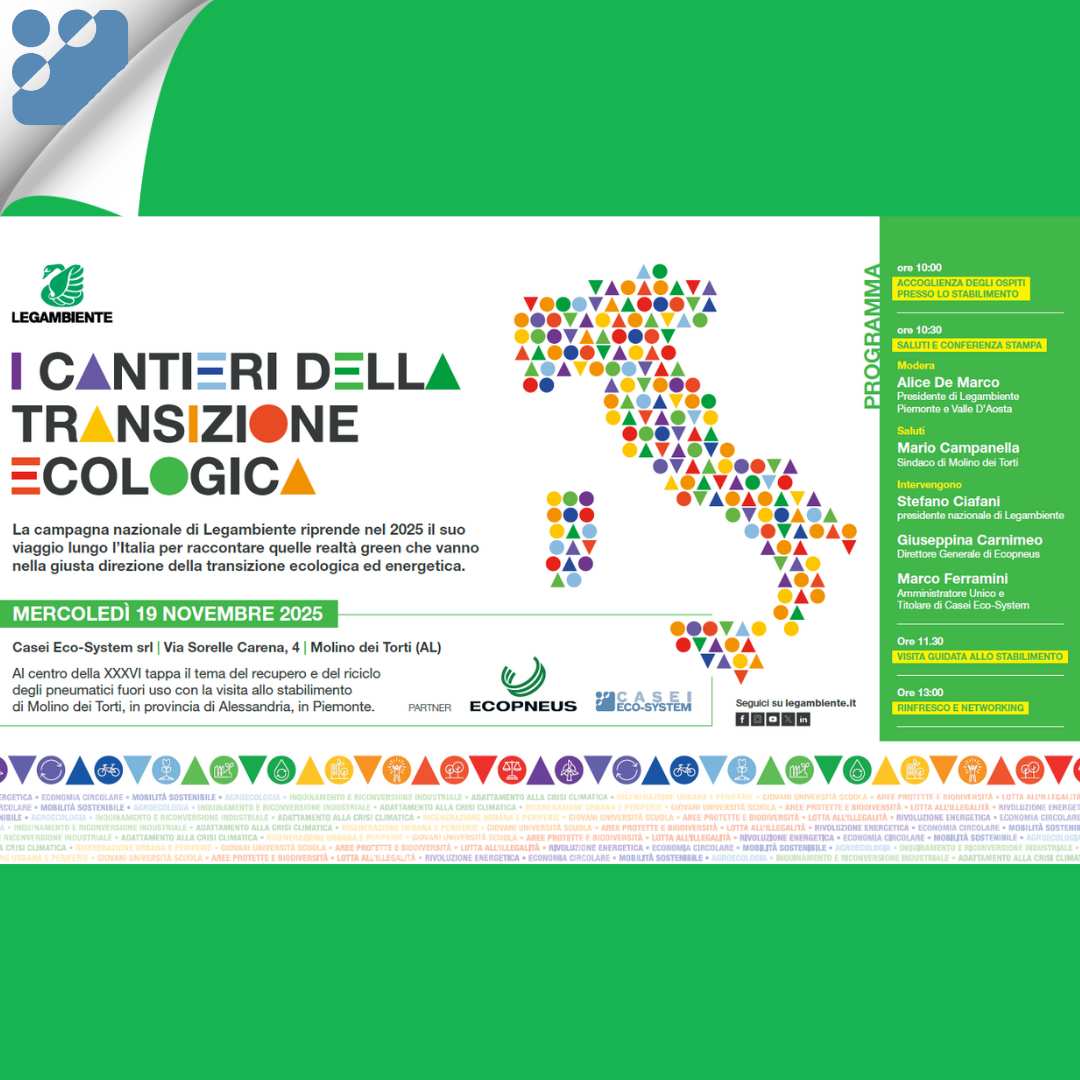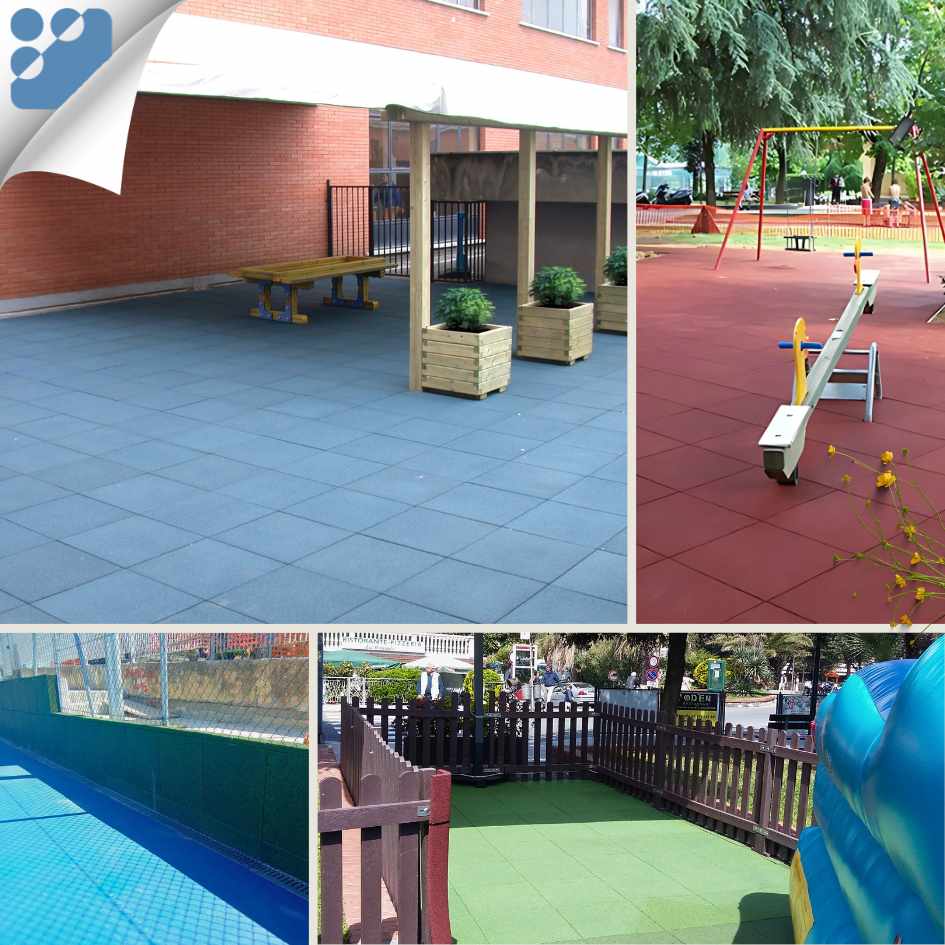
What is EN 14877:2013?
EN 14877:2013 is the European technical standard that defines the performance, safety, and durability requirements for synthetic sports surfaces for athletics and multi-purpose areas. It establishes objective criteria for evaluating materials and multilayer systems, both from a performance perspective and in terms of user protection.
What Does the EN 14877:2013 Standard Require?
EN 14877:2013 requires a series of rigorous product tests, including:
- Shock absorption: essential for athlete safety.
- Resistance to abrasion and spikes: to ensure durability even under intensive use conditions.
- Anti-slip properties: verified on both dry and wet surfaces, ensuring safety in all situations.
- Performance stability: surfaces must maintain their characteristics even after accelerated aging cycles.
Compliant materials are thus recognized for their long-term reliability, construction quality, and comfort they offer to users.
Shock Absorption: why is it Essential?
Shock absorption represents the flooring’s ability to “cushion” the impact generated by the weight and movements of athletes during running, jumping, or other activities. This parameter is crucial for the safety and well-being of users, as it reduces the risk of joint and muscle trauma.
In surfaces compliant with EN 14877:2013, shock absorption is measured through specific tests that simulate the real impact of an athlete on the track. An adequate value ensures not only physical protection but also better comfort during prolonged use of the surface.
What are Spikes?
When discussing sports surfaces, especially for “athletics, it’s essential to evaluate abrasion resistance” and spike resistance.
But what are “spikes”? In sports technical language, spikes are the metal points present under athletic shoes, used by athletes to improve traction on tracks and runways. These spikes, often very sharp and resistant, can subject the flooring to particularly intense and localized stress during running, jumping, or sprinting.
Spike resistance therefore measures the surface’s ability to withstand the repeated action of the spikes over time without suffering significant damage such as punctures, tears, or accelerated wear. Good spike resistance is essential to maintain the integrity of the flooring, ensure athlete safety, and prolong the useful life of the sports facility.
In summary, spike resistance tests simulate the real use of spiked shoes on athletic surfaces, offering concrete guarantees in terms of both durability and performance.
Anti-slip Properties: Safety in Every Condition
The anti-slip properties of a sports surface are essential to prevent falls and injuries, especially in disciplines where speed, changes of direction, and weather conditions can increase the risk of slipping.
The EN 14877:2013 standards provide for tests on both dry and wet surfaces, simulating rain or humidity, to ensure that the flooring always maintains adequate levels of grip. A good anti-slip value protects all users, from professionals to students, in every usage situation.
Performance Stability over Time: the Accelerated Aging Test
A sports surface must not only perform well when first installed, but also maintain its characteristics over time, even after years of use and exposure to sun, rain, frost, and temperature changes.
The stability of performance is verified through accelerated aging tests: the material is subjected to extreme environmental conditions in the laboratory, after which the result is evaluated.
Only surfaces that pass these tests are considered truly reliable and durable according to EN 14877:2013.
A Concrete Example: ECO-SPORT ROLL
ECO-SPORT ROLL is a technical underlay made of recycled rubber from ELTs, specifically designed for use in athletic tracks as the first layer of the multilayer “sandwich” system. In this configuration, the roll is installed on rigid substrates and subsequently coated with specific polyurethane resins, forming the complete structure of the sports flooring.
To ensure full compliance with the requirements of the EN 14877:2013 standard, ECO-SPORT ROLL undergoes all the tests required by the standard within this composite system, that is, as a key component of an athletic track constructed according to the most advanced construction techniques.
Passing the tests certifies its effectiveness in terms of performance, safety, and durability, making it the ideal choice for those seeking a reliable and innovative underlay.
This product, in addition to guaranteeing performance and safety, also represents a sustainable choice: upon request, it can be supplied with REMADE® certification, which attests to the presence and traceability of recycled material according to objective criteria, in line with the Minimum Environmental Criteria (CAM) required in public tenders and Green Public Procurement.
Want to know more? Discover ECO-SPORT ROLL and its applications in athletic tracks
Why Choose a Surface Compliant with EN 14877:2013?
Choosing flooring that complies with EN 14877:2013 means relying on solutions that are:
- Tested for safety and comfort,
- Durable and high-performing even after years of use,
- Easily includable in public and private technical specifications,
- Attentive to sustainability, especially if REMADE® certified.
FAQ – EN 14877:2013: Frequently Asked Questions
What is the EN 14877:2013 Standard?
It is the European standard that defines the minimum characteristics required for synthetic sports surfaces primarily intended for track and field athletics.
What Does Compliance with EN 14877:2013 Entail?
Compliance is ascertained through laboratory tests that evaluate shock absorption, resistance to abrasion and spikes, anti-slip properties, and maintenance of performance after aging.
What are the Advantages for those who Choose a Surface Compliant with this Standard?
Greater safety for users, proven durability, ease of management in public tenders, and enhancement of the sports facility.
What Role Does Sustainability Play in Choosing Sports Surfaces?
Choosing products like ECO-SPORT ROLL, made of recycled rubber and REMADE® certifiable, means combining high technical performance with attention to the environment and compliance with CAM.
Is ECO-SPORT ROLL Compliant with EN 14877:2013?
Yes, ECO-SPORT ROLL has been tested according to the criteria of the standard and meets all its requirements.
Index:
- What is EN 14877:2013?
- What Does the EN 14877:2013 Standard Require?
- Shock Absorption: why is it Essential?
- What are Spikes?
- Anti-slip Properties: Safety in Every Condition
- Performance Stability over Time: the Accelerated Aging Test
- A Concrete Example: ECO-SPORT ROLL
- Why Choose a Surface Compliant with EN 14877:2013?
- FAQ – EN 14877:2013: Frequently Asked Questions
Are you interested in our products?



